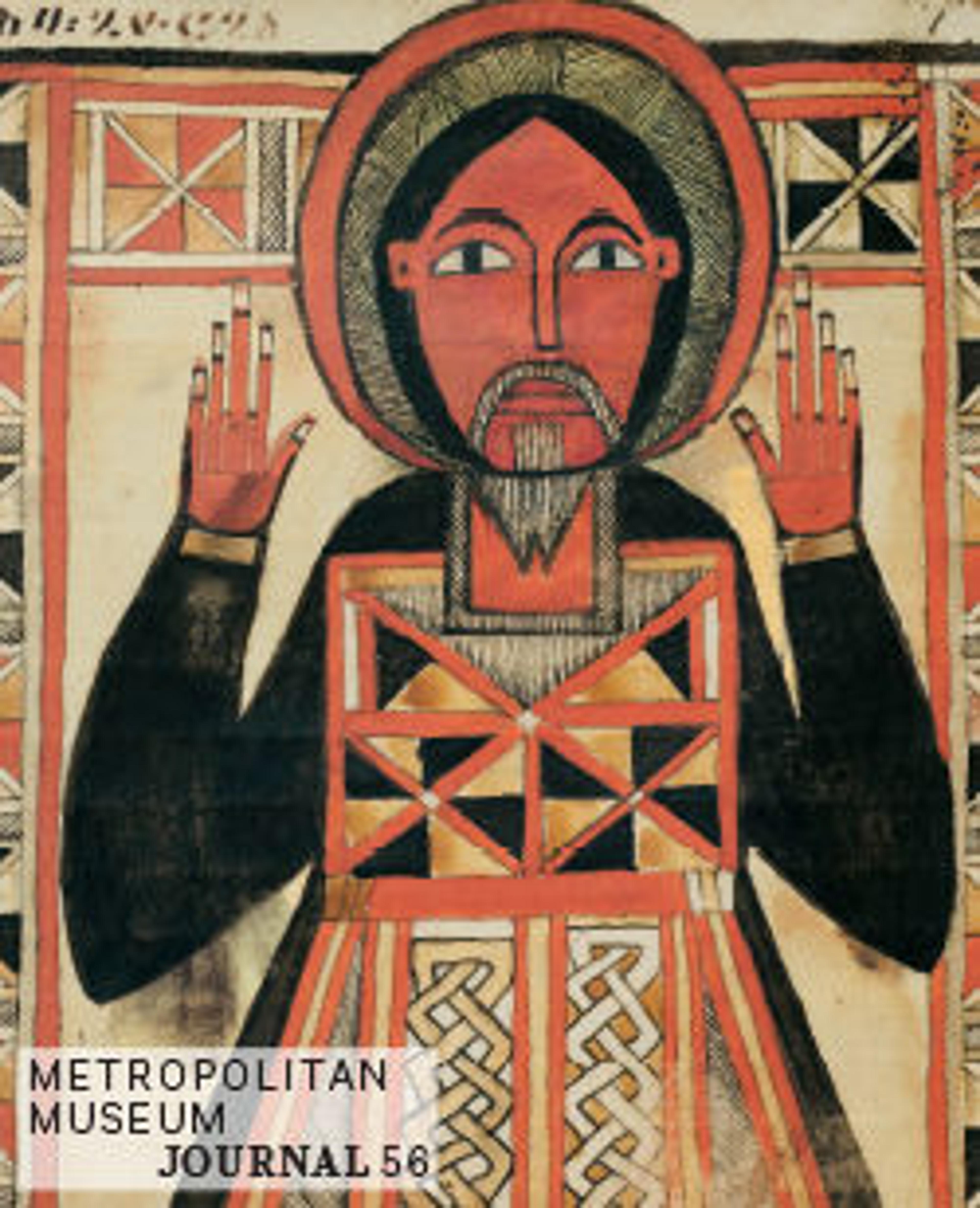Potpourri vase (pot-pourri à vaisseau)
Many of the more extraordinary and unusual vase models made at Sèvres were created in the late 1750s, and of these the two types of vases seen here are among the most novel and ambitious. Such extravagant shapes were not admired by everyone, however. Thomas Bentley, the partner of pottery maker Josiah Wedgwood, wrote in 1776, “I observed several very rich vases of the manufacture of Seve, of the worst and clumsiest forms imaginable.” The majority of these new vase models found favor at the French court, however, and contemporary documents indicate that the elephant-head vases in particular were avidly purchased by the king, members of his circle, and prominent marchands-merciers.
An inventory of 1779 indicates that the potpourri vase in the form of a ship and the two elephanthead vases (see 58.75.90a, b, .91a, b) were part of a decorative grouping of vases that was purchased by Louis-Joseph de Bourbon, prince de Condé (1736–1818), in December 1758. The two other vases that completed the garniture are now in the Musée du Louvre, Paris. The prince de Condé kept the group in his Parisian residence, the Palais de Bourbon. The garniture of five vases cost the prince the impressive sum of 4,320 livres, an amount that exceeded the annual income of a typical professional worker in the eighteenth century.
Madame de Pompadour was an avid buyer of both models of vase, owning at least two of the boatshaped vases and possessing at least three pairs of elephant-head vases. The cost of these vases and the difficulty of producing them ensured that relatively few were made. Ten of the boat-shaped vases and twenty-two elephant-head vases are believed to have survived to the present day.
An inventory of 1779 indicates that the potpourri vase in the form of a ship and the two elephanthead vases (see 58.75.90a, b, .91a, b) were part of a decorative grouping of vases that was purchased by Louis-Joseph de Bourbon, prince de Condé (1736–1818), in December 1758. The two other vases that completed the garniture are now in the Musée du Louvre, Paris. The prince de Condé kept the group in his Parisian residence, the Palais de Bourbon. The garniture of five vases cost the prince the impressive sum of 4,320 livres, an amount that exceeded the annual income of a typical professional worker in the eighteenth century.
Madame de Pompadour was an avid buyer of both models of vase, owning at least two of the boatshaped vases and possessing at least three pairs of elephant-head vases. The cost of these vases and the difficulty of producing them ensured that relatively few were made. Ten of the boat-shaped vases and twenty-two elephant-head vases are believed to have survived to the present day.
Artwork Details
- Title:Potpourri vase (pot-pourri à vaisseau)
- Manufactory:Sèvres Manufactory (French, 1740–present)
- Modeler:Jean-Claude Duplessis (French, ca. 1695–1774, active 1748–74)
- Date:1758
- Culture:French, Sèvres
- Medium:Soft-paste porcelain decorated in polychrome enamels, gold
- Dimensions:Overall (confirmed): 17 5/8 x 14 3/4 x 7 5/8 in. (44.8 x 37.5 x 19.4 cm)
- Classification:Ceramics-Porcelain
- Credit Line:Gift of Samuel H. Kress Foundation, 1958
- Object Number:58.75.89a, b
- Curatorial Department: European Sculpture and Decorative Arts
More Artwork
Research Resources
The Met provides unparalleled resources for research and welcomes an international community of students and scholars. The Met's Open Access API is where creators and researchers can connect to the The Met collection. Open Access data and public domain images are available for unrestricted commercial and noncommercial use without permission or fee.
To request images under copyright and other restrictions, please use this Image Request form.
Feedback
We continue to research and examine historical and cultural context for objects in The Met collection. If you have comments or questions about this object record, please contact us using the form below. The Museum looks forward to receiving your comments.
